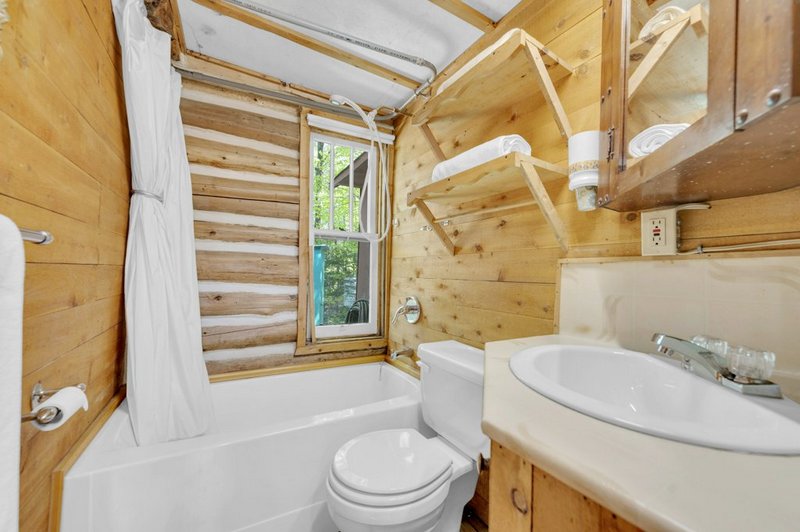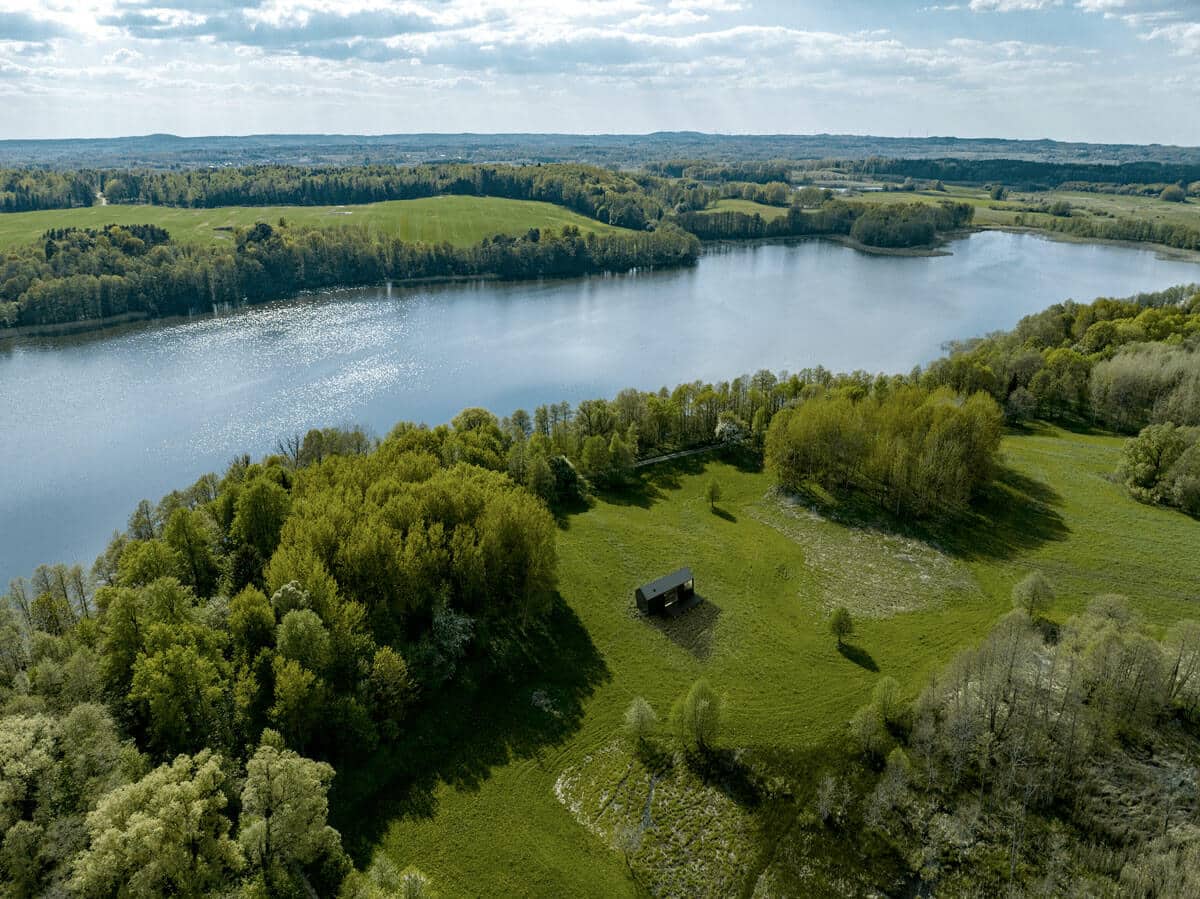Land for sale off grid living represents a growing trend, attracting those seeking self-sufficiency and a simpler lifestyle. This burgeoning market offers a diverse range of properties, each presenting unique challenges and rewards. From secluded mountain retreats to expansive coastal plots, the possibilities are as varied as the individuals drawn to this alternative way of life. But navigating the complexities of off-grid living requires careful planning and a realistic understanding of the associated costs and responsibilities.
Several plots of land ideal for off-grid living are currently on the market, offering prospective buyers a chance to escape the urban hustle. A key consideration for any off-grid property is water sourcing, and understanding the challenges and solutions is crucial; for detailed insights on securing a reliable water supply, consult this informative guide on off grid living water.
Ultimately, the availability of land and sustainable water solutions are pivotal factors when choosing your perfect off-grid haven.
This exploration delves into the crucial aspects of acquiring and maintaining off-grid property, covering everything from understanding land suitability and establishing essential utilities to navigating legal regulations and budgeting for long-term sustainability. We’ll examine different off-grid living models, highlight potential pitfalls, and showcase examples of successful off-grid communities, providing a comprehensive guide for prospective buyers.
Off-Grid Living: A Comprehensive Guide to Land Acquisition and Sustainable Living

Source: ecoproperty.ca
The allure of self-sufficiency and a life disconnected from the traditional grid is attracting increasing numbers of individuals seeking a simpler, more sustainable existence. This guide provides a detailed overview of purchasing land for off-grid living, covering everything from defining off-grid living and assessing land suitability to navigating legal requirements and managing the financial implications.
Defining Off-Grid Living

Source: theoffgridcabin.com
Off-grid living encompasses a spectrum of lifestyles characterized by reduced or eliminated reliance on public utilities. Essential characteristics include self-sufficiency in energy, water, and waste management. Levels of off-grid living range from partial off-grid, where some utilities are still connected (e.g., internet or phone service), to complete off-grid, where all utilities are self-provided. Infrastructure considerations for off-grid properties are paramount; reliable water sources (wells, rainwater harvesting), electricity generation (solar, wind, generators), and waste disposal systems (composting toilets, greywater recycling) are crucial.
Compared to traditional living, off-grid life prioritizes resource conservation and self-reliance, often involving a trade-off between convenience and environmental impact.
Land Characteristics for Off-Grid Suitability, Land for sale off grid living
Several factors determine land suitability for off-grid living. Soil type influences building foundations and potential for gardening; water access (wells, springs, sufficient rainfall) is critical; ample sun exposure is essential for solar energy generation. Land size should accommodate housing, gardens, and other necessary infrastructure. Topography impacts building site selection and accessibility. Environmental considerations include zoning regulations, wildlife habitats, and potential hazards (flooding, wildfires).
Careful assessment is crucial before purchasing.
| Land Type | Water Access | Soil Quality | Suitability Score (1-5, 5 being highest) |
|---|---|---|---|
| Wooded Hillside | Limited (Well Required) | Moderate | 3 |
| Flat, Sunny Meadow | Good (Natural Spring) | Excellent | 5 |
| Coastal Property | Excellent (Ocean Access) | Poor (Sandy) | 4 |
| Mountainous Terrain | Limited (Snowmelt Collection) | Rocky | 2 |
Utilities and Infrastructure for Off-Grid Properties
Establishing essential utilities requires careful planning. Potable water can be obtained through wells, rainwater harvesting systems, or spring collection. Electricity generation often involves solar panels, wind turbines, or generators, with battery storage for consistent power. Waste management solutions include composting toilets, greywater recycling systems, and proper trash disposal plans. Essential tools include pumps, water filters, solar panel installation kits, and plumbing supplies.
- Water: Well drilling equipment, rainwater harvesting tanks, filtration systems
- Electricity: Solar panels, inverters, batteries, wind turbine (if applicable), generator
- Waste: Composting toilet system, greywater recycling system, trash containers
Legal and Regulatory Aspects of Off-Grid Land Ownership
Purchasing land for off-grid living involves navigating legal processes specific to each region. This includes obtaining necessary permits for construction and utility installations, adhering to zoning regulations that may restrict building size, location, and infrastructure, and understanding property taxes. Regional variations in regulations significantly impact development costs and timelines. Thorough research is essential to avoid legal complications.
Financial Considerations for Off-Grid Land Acquisition
Acquiring and developing off-grid land involves substantial upfront and ongoing costs. Initial costs include land purchase, infrastructure development (wells, septic systems, power generation), and building construction. Financing options include loans, cash purchases, or creative financing strategies. Ongoing costs encompass property taxes, insurance, maintenance, and utility operation. A detailed budget is crucial for managing expenses.
Sample Annual Budget (Example):
- Land Payment/Mortgage: $5,000
- Property Taxes: $1,000
- Insurance: $500
- Maintenance & Repairs: $2,000
- Utilities (Water, Generator Fuel): $1,500
- Total: $10,000
Lifestyle and Community Aspects of Off-Grid Living
Off-grid living offers numerous benefits, including self-sufficiency, environmental consciousness, and a slower pace of life. However, challenges exist, including the need for significant self-reliance, potential isolation, and the initial investment required. Successful off-grid communities thrive on collaboration and resource sharing, fostering a strong sense of community. A well-defined transition plan that includes skill development, financial planning, and community engagement is essential.
Illustrative Examples of Off-Grid Properties
Three diverse examples highlight the variety in off-grid living. Property A, a secluded cabin in a forested area, relies on solar power and a well for water, emphasizing simplicity and connection with nature. Property B, a larger homestead on a sunny plateau, incorporates a more sophisticated system with rainwater harvesting, solar and wind power, and a robust garden.
Property C, a coastal property, utilizes ocean access for water and solar power, showcasing adaptation to unique environmental conditions. Each property demonstrates the adaptability of off-grid living to diverse locations and lifestyles.
Conclusion: Land For Sale Off Grid Living
Embarking on the journey to off-grid living is a significant undertaking, demanding careful consideration of numerous factors. While the allure of self-sufficiency and connection with nature is undeniable, potential buyers must realistically assess their skills, resources, and long-term commitment. This guide has provided a framework for understanding the key elements involved, from land acquisition and infrastructure development to financial planning and community integration.
Ultimately, the decision to embrace off-grid living is a deeply personal one, but with thorough preparation and a pragmatic approach, the rewards can be profound.
